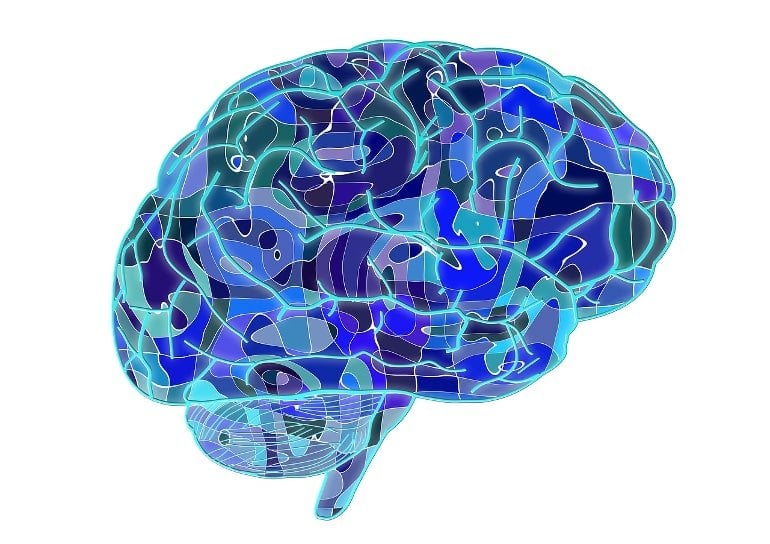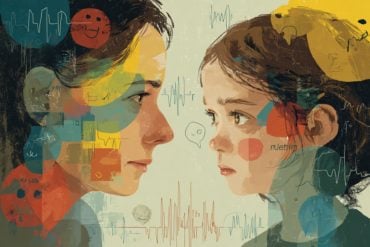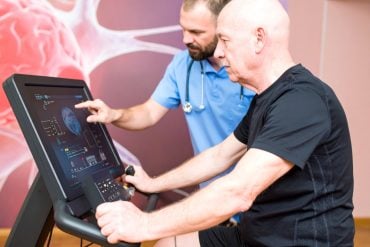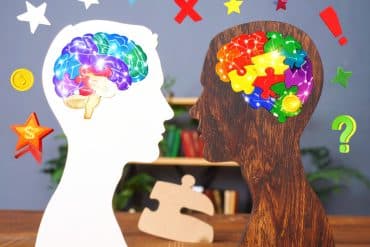Summary: While patients with schizophrenia, major depressive disorder, and bipolar disorder experience a lack of motivation and anhedonia, the neural patterns of emotion-behavior dissociation differ between the disorders.
Source: Chinese Academy of Sciences
Anhedonia and amotivation are common symptoms in patients with schizophrenia, major depressive disorder and bipolar disorder, suggesting the need to explore the underlying behavioral and neural mechanisms in order to facilitate the development of effective therapeutic programs and social function rehabilitation.
Accumulating evidence indicates that the nature of anhedonia may not be only due to deficits in pleasure experience or reward pursuit motivation, but may also be related to failure in translating emotional salience into effortful behavior.
Most of the previous studies were mainly limited to behavioral measures and examination of patients with only one diagnostic group without comparison to other mental disorders.
Dr. Raymond Chan and his team from the Institute of Psychology of the Chinese Academy of Sciences have recently showed that although patients with schizophrenia, major depressive disorder and bipolar disorder all exhibit a lowered capacity to experience pleasure as well as a lack of motivation, the pattern of emotion-behavior dissociation is different across patients.
The researchers have conducted a study to examine the neural correlates of effort-expenditure for reward across these patients.
They recruited 20 patients with schizophrenia, 23 with major depression, 17 with bipolar disorder, and 30 healthy controls to complete an Effort-Expenditure for Reward Task (EEfRT) in a 3T brain scanner. The task used an event-related design and consists of six conditions, crossed by reward magnitude (low, high) and reward probability (20 percent, 50 percent, 80 percent). The proportion of high-effort tasks selected at different probabilities reflected participants’ motivation to pursue rewards.
According to the researchers, the three groups exhibited shared activations in the cingulate gyrus, the medial frontal gyrus and the middle frontal gyrus during the EEfRT administration. Patients with schizophrenia showed stronger variations of functional connectivity between the right caudate and the left amygdala, the left hippocampus and the left putamen, with increase in reward magnitude comparing to healthy controls.

Additionally, patients with major depressive disorder exhibited an enhanced activation compared to healthy controls in the right superior temporal gyrus when there was an increase of reward magnitude. The variations of functional connectivity between the caudate and the right cingulate gyrus, the left postcentral gyrus and the left inferior parietal lobule with increase in reward magnitude were weaker than that found in healthy controls.
In addition, patients with bipolar disorder exhibited an increased activation in the left precuneus but a decreased activation in the left dorsolateral prefrontal cortex when there was an increase in reward probability compared to healthy controls.
Taken together, these findings demonstrate patients with schizophrenia, major depressive disorder and bipolar disorder exhibit both shared and distinct neural mechanisms associating with effort-based decision-making. This may have important implications for the development of neuro-modulation intervention to alleviate anhedonia and amotivation in these disorders.
About this mental health research news
Author: Zhang Nannan
Source: Chinese Academy of Science
Contact: Zhang Nannan – Chinese Academy of Science
Image: The image is in the public domain
Original Research: Closed access.
“Shared and distinct reward neural mechanisms among patients with schizophrenia, major depressive disorder, and bipolar disorder: an effort-based functional imaging study” by Yan-yu Wang et al. European Archives of Psychiatry and Clinical Neuroscience
Abstract
Shared and distinct reward neural mechanisms among patients with schizophrenia, major depressive disorder, and bipolar disorder: an effort-based functional imaging study
Unwillingness to exert effort for rewards has been found in patients with schizophrenia (SCZ), major depressive disorder (MDD), and bipolar disorder (BD), but the underlying shared and distinct reward neural mechanisms remain unclear.
This study aimed to compare the neural correlates of such impairments across different diagnoses. The neural responses in an effort-expenditure for reward task (EEfRT) were assessed in 20 SCZ patients, 23 MDD patients, 17 BD patients, and 30 healthy controls (HC). The results found shared activation in the cingulate gyrus, the medial frontal gyrus, and the middle frontal gyrus during the EEfRT administration.
Compared to HC, SCZ patients exhibited stronger variations of functional connectivity between the right caudate and the left amygdala, the left hippocampus and the left putamen, with increase in reward magnitude. In MDD patients, an enhanced activation compared to HC in the right superior temporal gyrus was found with the increase of reward magnitude.
The variations of functional connectivity between the caudate and the right cingulate gyrus, the left postcentral gyrus and the left inferior parietal lobule with increase in reward magnitude were weaker than that found in HC. In BD patients, the degree of activation in the left precuneus was increased, but that in the left dorsolateral prefrontal cortex was decreased with increase in reward probability compared to HC.
These findings demonstrate both shared and distinct reward neural mechanisms associated with EEfRT in patients with SCZ, MDD, and BD, implicating potential intervention targets to alleviate amotivation in these clinical disorders.







